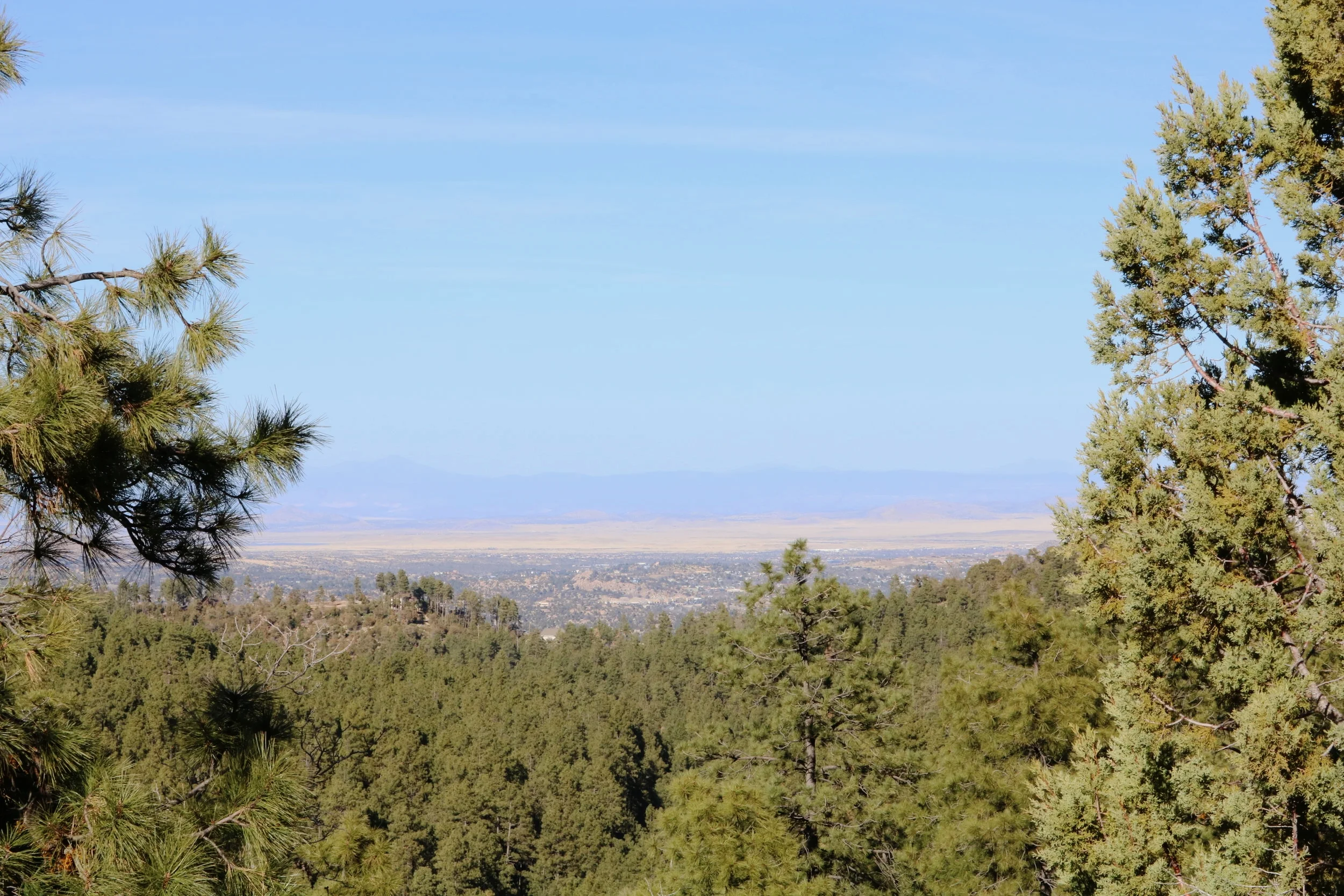Highlands Center - Prescott, Arizona
Prescott, Arizona, is a city in transition. It's an existence familiar to many across the country, in an age of concurrent growth of our populations and disillusionment with the future of our societies. For Prescott, the discrepancy is more visually apparent than for many; on the Western side of town, the protected Prescott National Forest ensures the limitations of expansion, but to the East, thought of by many like a privileged sibling-in-law, Prescott Valley increases its sprawl by the day, reaching further into the scrub lands which once belonged exclusively to ranching families.
Prescott, then, represents the difficult Catch-22 faced by many outdoor towns-- beautiful, natural landscapes unsurprisingly attract many who appreciate the activities they enable, but each new resident contributes to the need for increased services. An empty hillside becomes a new hotel, and day by day, the view from the forests grows more and more obstructed. And on the ground, cultures clash between those who wear cowboy boots and those who wear Chacos.
Prescott is emblematic of our most pressing question as outdoor enthusiasts and travelers-- how do we enjoy and share these incredible places without robbing them of what originally made them beautiful? We've come a long way, to be sure; we count birds now instead of shooting them, and we know not to swipe souvenirs from Petrified Forest National Park, but we still have unintended impacts on these places.
And the first step is gaining this understanding, according to local residents. Many of them are happy to see the visitors stroll through their historic downtown, even if it means a bit more traffic on weekends and holidays. They want to share their home. And just as we learned to respect the homes of nature's wild animals, we must not neglect to apply these same practices to our own less wild counterparts.
